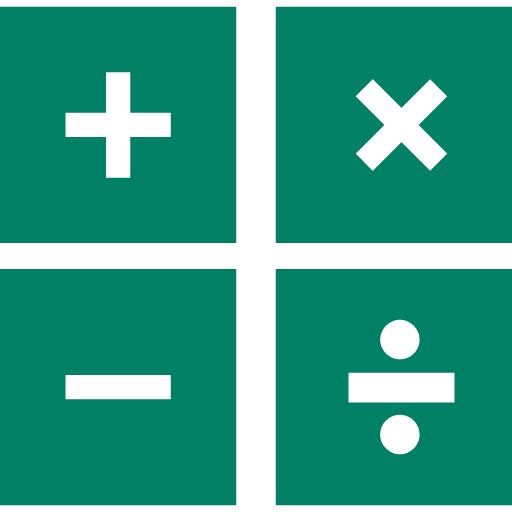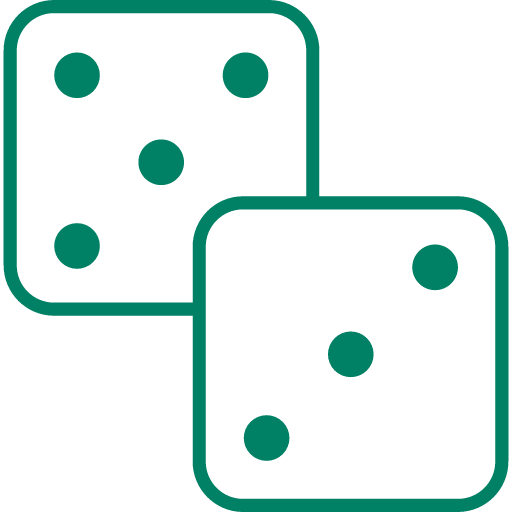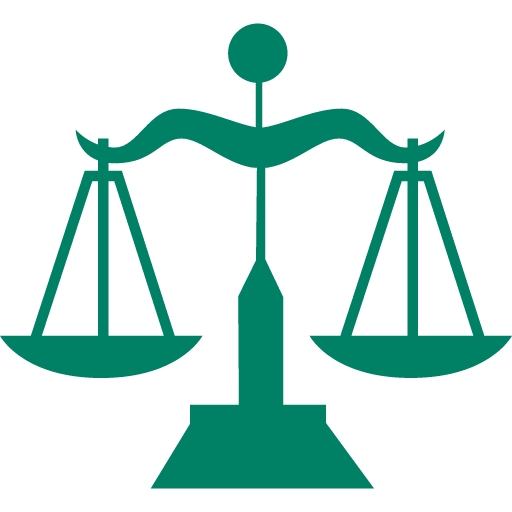Test Categories we offer

Verbal Reasoning

Numerical Reasoning

Organizing & Prioritizing

Abstract Reasoning

Accuracy & Precision

Situational Judgement

Verbal Reasoning
Verbal reasoning test consists of small passages of text, after which candidates will find a number of statements. The candidates’ task is to evaluate which of the four statements given is most likely true in terms of the passage itself. There is one, and only one, correct answer to each question, and this answer is the statement which is most true in terms of the information given in the passage. Candidates will need to work both quickly and accurately. For some questions, most of the statements may be somewhat true. Candidates’ task is to indicate the statement which they believe to be most true in terms of the passage by using the given information and not any prior knowledge they may have.
Verbal reasoning test assesses how well the candidates understand written information and how effectively they evaluate arguments and statements. This test enables the objective assessment of the candidates’ ability to reason and understand information in verbal format.
Numerical Reasoning
This test consists of a series of graphics (charts) followed by a passage and five possible replies. Candidates’ task is to calculate the correct result. Each question is based on a numerical scenario (tables, charts, graphs and including textual instructions) linked to five different answer options. There is one, and only one, correct answer to each question. Candidates will need to work both quickly and accurately. Candidates must use the information in the passage and graphics and not any prior knowledge they may have.
Numerical reasoning tests examine the ability of candidates to understand, interpret and logically evaluate numerical information and assess how quickly and accurate they can do basic calculations. This test enables the objective assessment of the candidates’ ability to reason and understand information in numerical format


Abstract Reasoning
Each question consists of a series of diagrams that follow a logical sequence or contain a set of underlying rules. Candidates’ task is to choose the next diagram in the series. After each question there are a number of different answer options. Each question is based on a sequence of five different graphics linked to five different answer options. There is one, and only one, correct answer to each question.
Abstract reasoning test uses diagrammatic information to assess a candidate’s inductive reasoning ability. This test enables the objective assessment of the candidates’ ability to detect relationships between concepts which are free from any linguistic, spatial and numerical elements.
Situational Judgement
The Situational Judgment test is designed to assess candidates’ behaviour in a working environment. Each question describes a work-related scenario and presents four possible courses of action in response, in a multiple-choice format. Candidates have to choose the most effective and least effective option, given the situation described.
Situational Judgment tests are designed to assess the following significant competencies:

Delivering quality and results
This competency measures if candidates can be proactive in responding to challenges and keep quality standards high whilst working to stretching deadlines. Candidates should demonstrate their discipline and their ability to follow instructions, established guidelines or procedures, without compromising quality in the process.
Working with others
This competency measures if candidates can collaborate effectively with people. Candidates should demonstrate their ability to involve others in decision making (including consulting across organisational boundaries), and praise other’s ideas and contributions. Moreover candidates should demonstrate their ability to collaborate effectively with others avoiding any conflicts.
Resilience
This competency measures if candidates can remain calm under pressure and display a generally positive outlook; including remaining motivated and productive during times and change. Different scenarios assess if candidates can avoid negative emotions under pressure or look in the negative side of situation in specific circumstances such as organisational changes.
Analysis and problem solving
Competency of Analysing and problem solving assess if candidate can cope well with numerous data sources, identifying relevant points in order to identify the root cause of issues and then devise multiple creative solutions. Candidates that could use this strength to its full potential, is less likely to suggest standard, conventional ideas or ideas that may be impractical to implement; fail to gather relevant information to inform decisions and become confused by complexity.
Prioritising and Organising
Competency of Prioritising and Organising measures if candidates are likely to work in a planful manner, setting deadlines and monitoring progress; adapt to changes in plans effectively and manage their own workload well. Moreover, this competency assess if candidates can set realistic timescales, judge priorities correctly and remain organised when unforeseen issues arise.

Organizing & Prioritizing
This test consists of a table with information about one particular subject that requires strong organisational skills to answer. Candidates will need to respond to a question based on this information. For each question candidates will be presented with five options. Candidates’ task is to choose which of these five options is correct.
The organising and prioritising test is designed to assess candidates’ ability to organise and prioritise work. Moreover this test enables the objective assessment of the candidates’ ability to:
- Craft a plan based on different facts
- Prioritise some facts whilst discarding others that are of no significance
- Use logical reasoning skills
- Use under pressure basic numerical ability
- Interpret quickly different aspects
Accuracy & Precision
This test consists of a table which contains information in both written and pictorial form and a smaller table below. Candidates should look at the information in the lower table and compare it to the information presented in the table above. Candidates should choose one of the five answer options to indicate whether there are any errors in the table. A big number of questions should be answered in few minutes.
The accuracy and precision test is designed to assess candidates’ ability to be accurate and to pay attention to details. Obviously getting the answer right is important but candidates are mainly being assessed on their ability to think fast and accurate whilst at the same time being under pressure.

